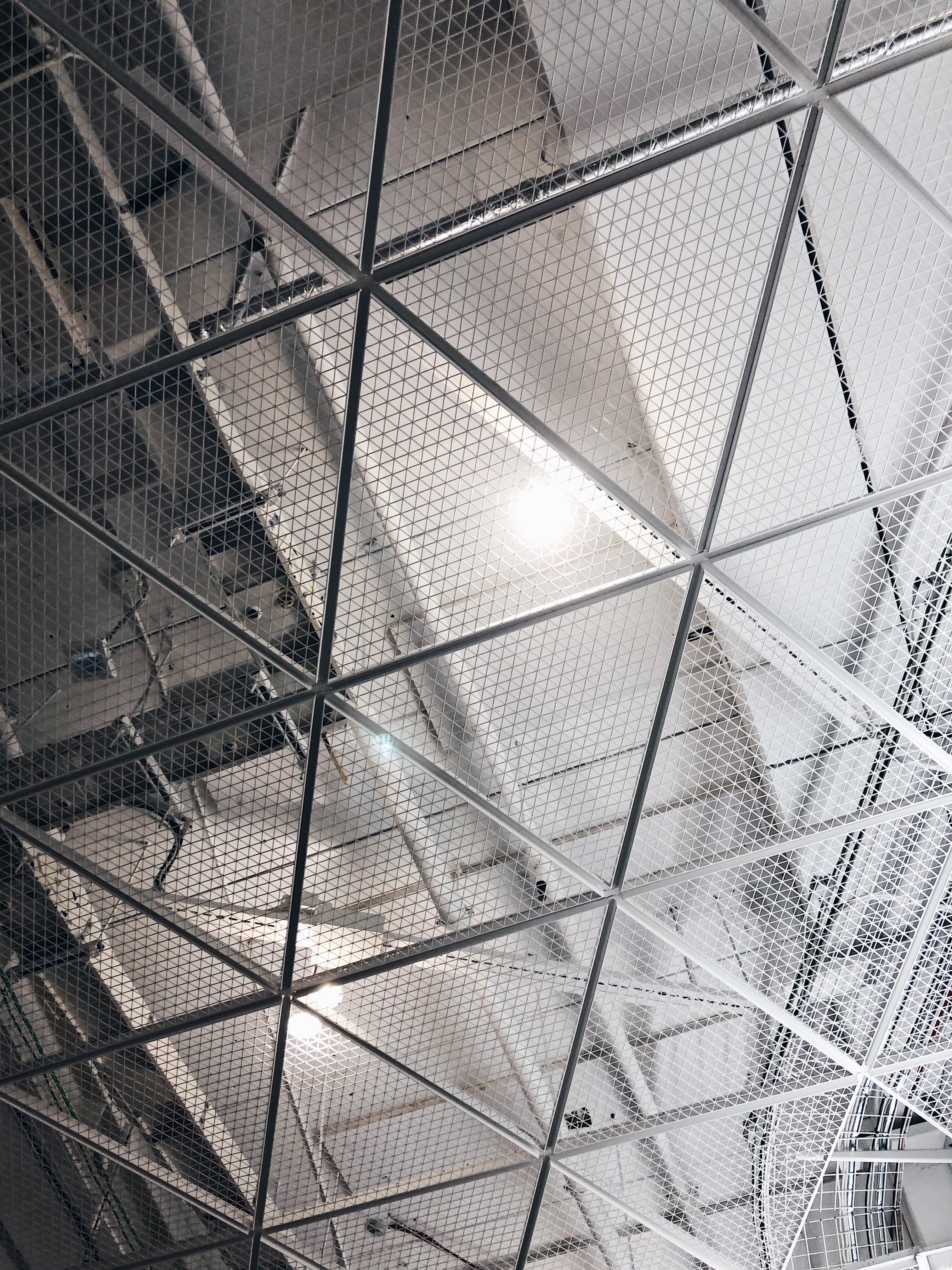Custom Perforated Ceilings
Custom perforated ceilings are a powerful blend of modern design, acoustic functionality, and structural durability. Commonly used in commercial, public, and institutional buildings, these ceiling systems feature precisely spaced perforations in metal panels that offer visual interest and practical benefits.
With rising demand for innovative and sustainable ceiling solutions, custom perforated ceilings have become a go-to choice for architects and designers seeking a distinctive and effective ceiling system.
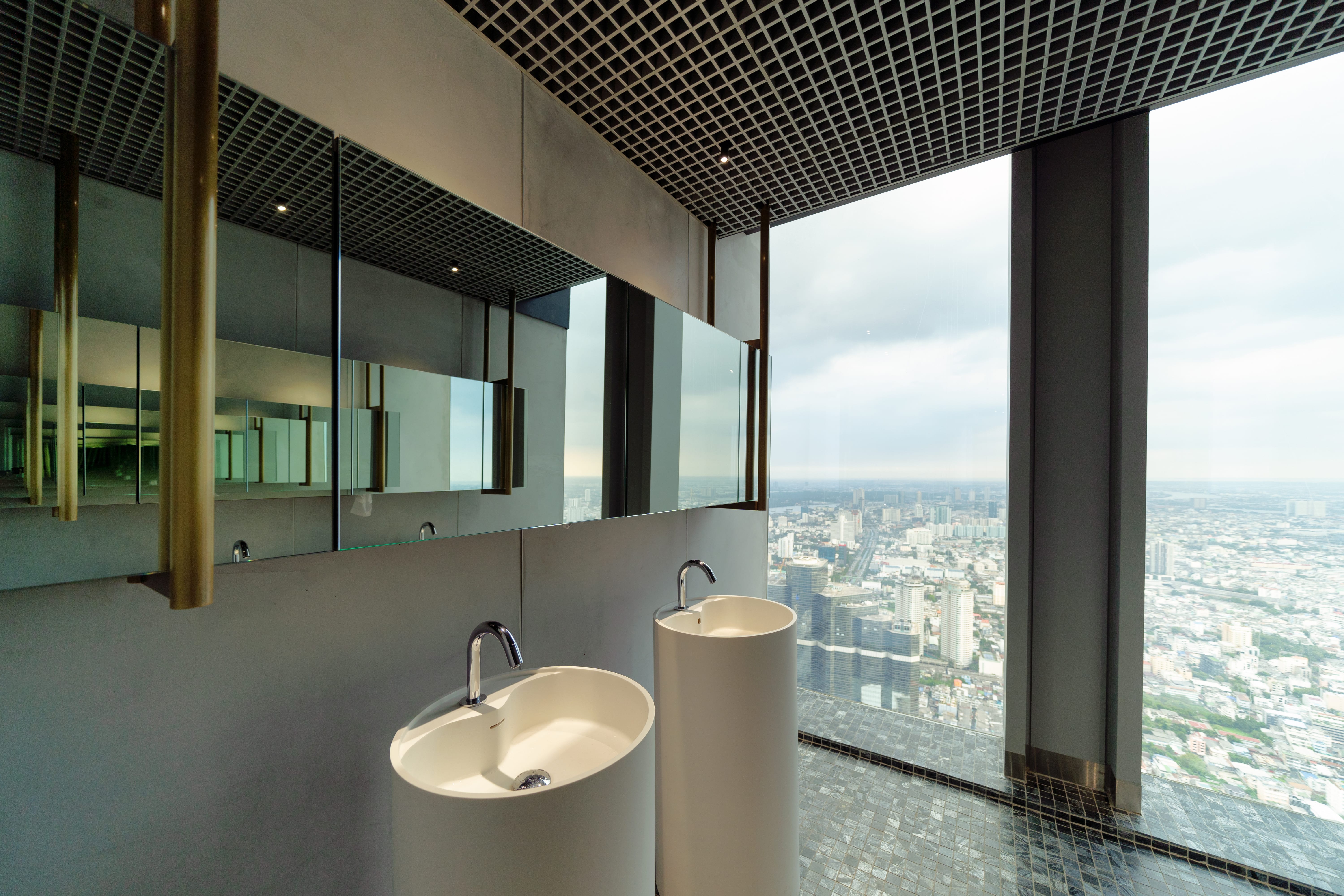
Benefits of Perforated Metal Ceilings
One of the key advantages of custom perforated ceilings is their ability to deliver superior acoustic performance while maintaining a lightweight and low-maintenance profile. The perforated design allows for sound absorption, helping to control noise levels in busy environments such as schools, offices, airports, and commercial venues.Aesthetically, custom perforated ceilings provide a modern, textured appearance that enhances interior architecture. Whether you prefer a bold pattern that makes a statement or a subtle design that complements other materials, perforated ceilings can be tailored to support your design goals.
Design and Customization Options
Perforation Patterns
Custom perforated ceilings are available in an extensive range of perforation patterns. Standard shapes include round, square, and slotted perforations, but custom-shaped holes—such as triangles or hexagons—are also available. Patterns can be purely decorative or arranged strategically to achieve acoustic or ventilation goals.
Finishes and Coatings
Finish options play a major role in both aesthetics and performance for custom perforated ceilings. Powder-coated finishes offer color flexibility and resistance to wear, while anodized aluminum presents a clean, metallic look with added corrosion protection..
Material Choices
The most commonly used materials for custom perforated ceilings include aluminum, stainless steel, and galvanized steel. Aluminum is lightweight and highly resistant to rust, making it ideal for interior and exterior use. Galvanized steel offers extra strength, while stainless steel adds a premium finish with exceptional longevity.
Dimensions and Panel Configuration
Ceiling panels can be fabricated in various sizes and configurations, including linear strips, square tiles, or modular systems. These panels can be suspended from standard grid systems or integrated into custom framing to achieve specific visual or functional goals.
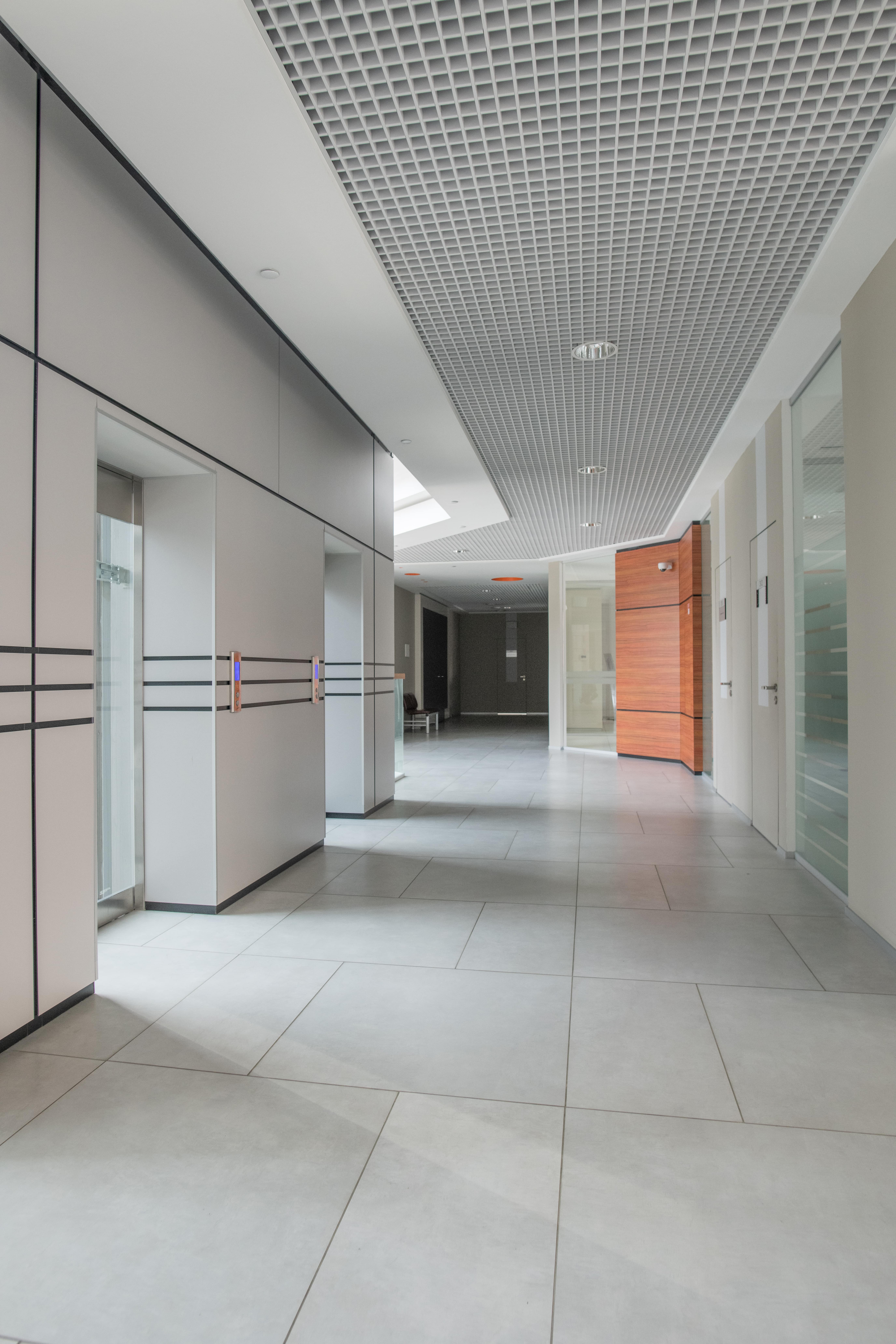
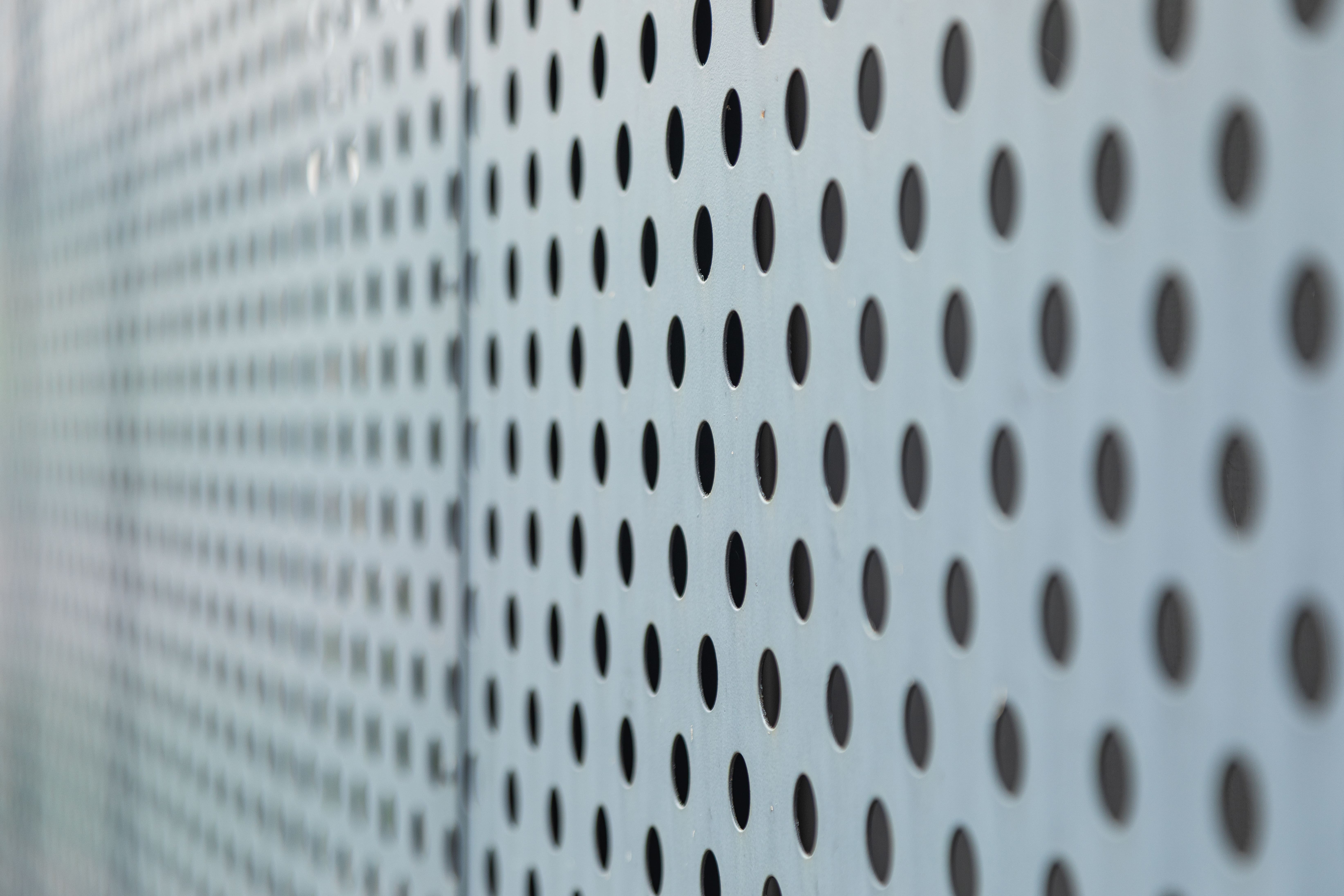
Acoustic and Functional Features
Beyond visual appeal, custom perforated ceilings are engineered for acoustic control. When paired with acoustic insulation or backing materials, they reduce reverberation and create a more comfortable environment in large or noisy spaces. This makes them especially useful in theaters, classrooms, auditoriums, and transit hubs.
In addition, the perforated design promotes airflow and can be integrated with lighting, HVAC, and fire protection systems, providing seamless functionality without sacrificing design integrity.
Applications of Custom Perforated Ceilings
Commercial Spaces
Retail stores, offices, and corporate lobbies benefit from the sleek appearance and branding potential of custom perforated ceilings.
Public Infrastructure
In transportation terminals, government buildings, and auditoriums, custom perforated ceilings help control ambient noise and guide wayfinding through thoughtful design.
Educational and Institutional Buildings
Universities, schools, and libraries use perforated ceilings for both acoustic enhancement and aesthetic appeal.
Hospitality and Cultural Venues
Museums, galleries, restaurants, and hotels often use custom perforated ceilings to express brand identity or reinforce a design theme, simultaneously elevating a guest's experience and impression of the space.
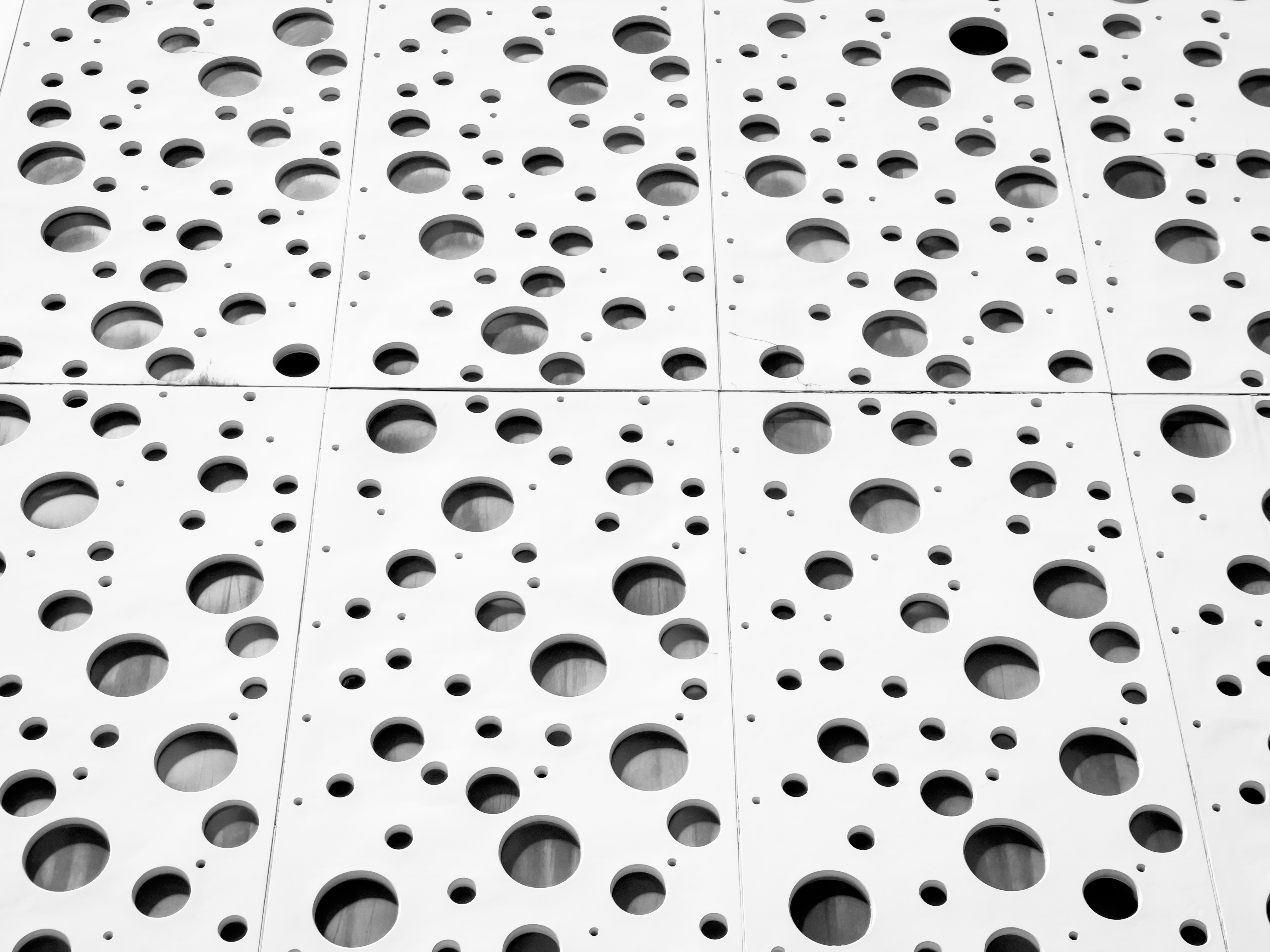
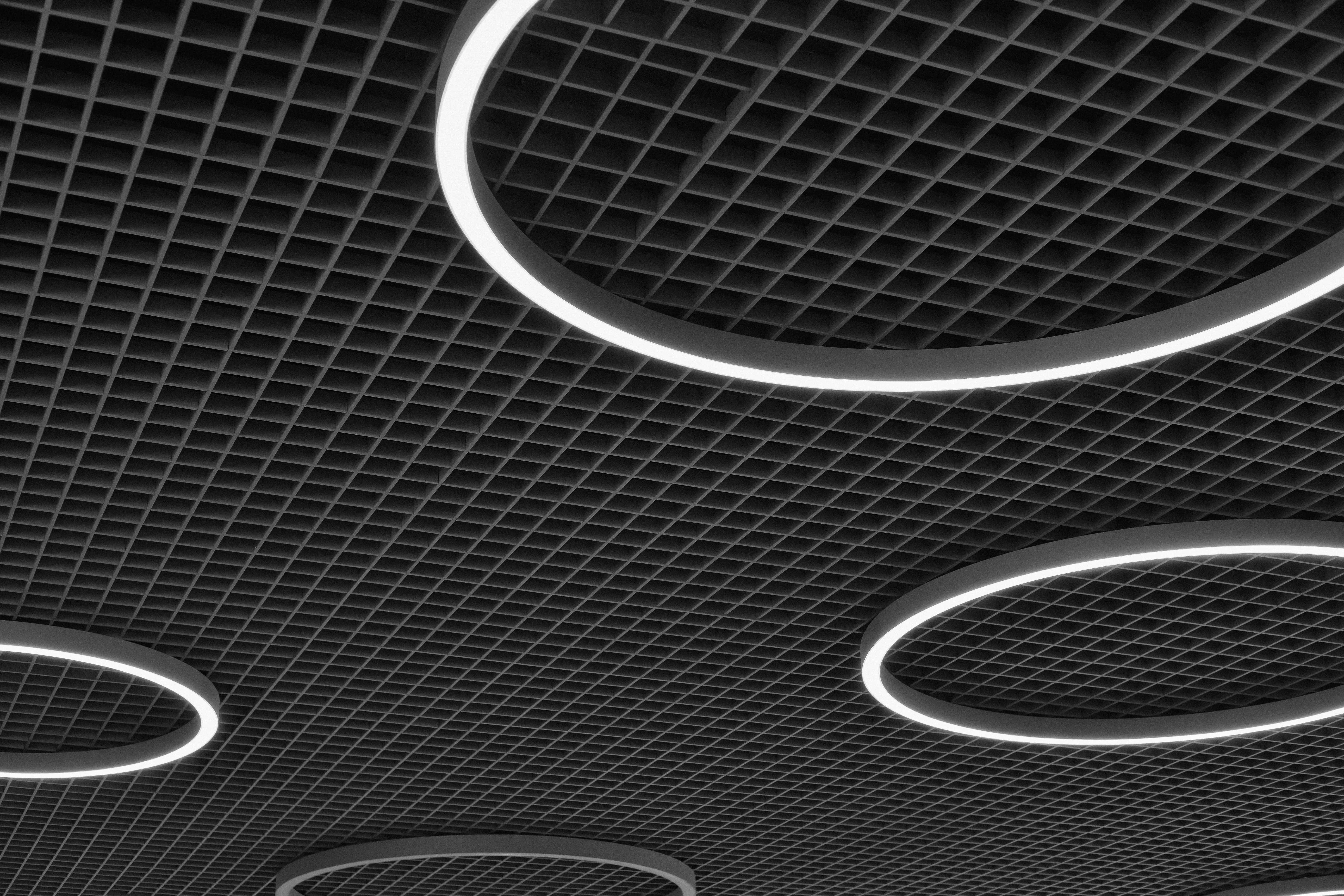
Installation and Integration
Custom perforated ceilings are designed for compatibility with standard and custom suspension systems. Lighting, speakers, sprinkler heads, and ventilation elements can all be integrated into the ceiling system without compromising appearance or function.
Sustainability and Environmental Benefits
Sustainability is a key consideration in modern building projects. Most custom perforated ceilings are made from recyclable metals, and many systems contribute to LEED certification. The reflective properties of metal panels can also improve indoor light distribution, reducing reliance on artificial lighting and enhancing energy efficiency.
Maintenance and Care
Maintaining custom perforated ceilings is relatively simple. Routine dusting or wiping with a non-abrasive cloth is typically sufficient. For more thorough cleaning, mild detergents can be used, depending on the finish. Damaged or stained panels can be individually replaced, making long-term care manageable and cost-effective.
